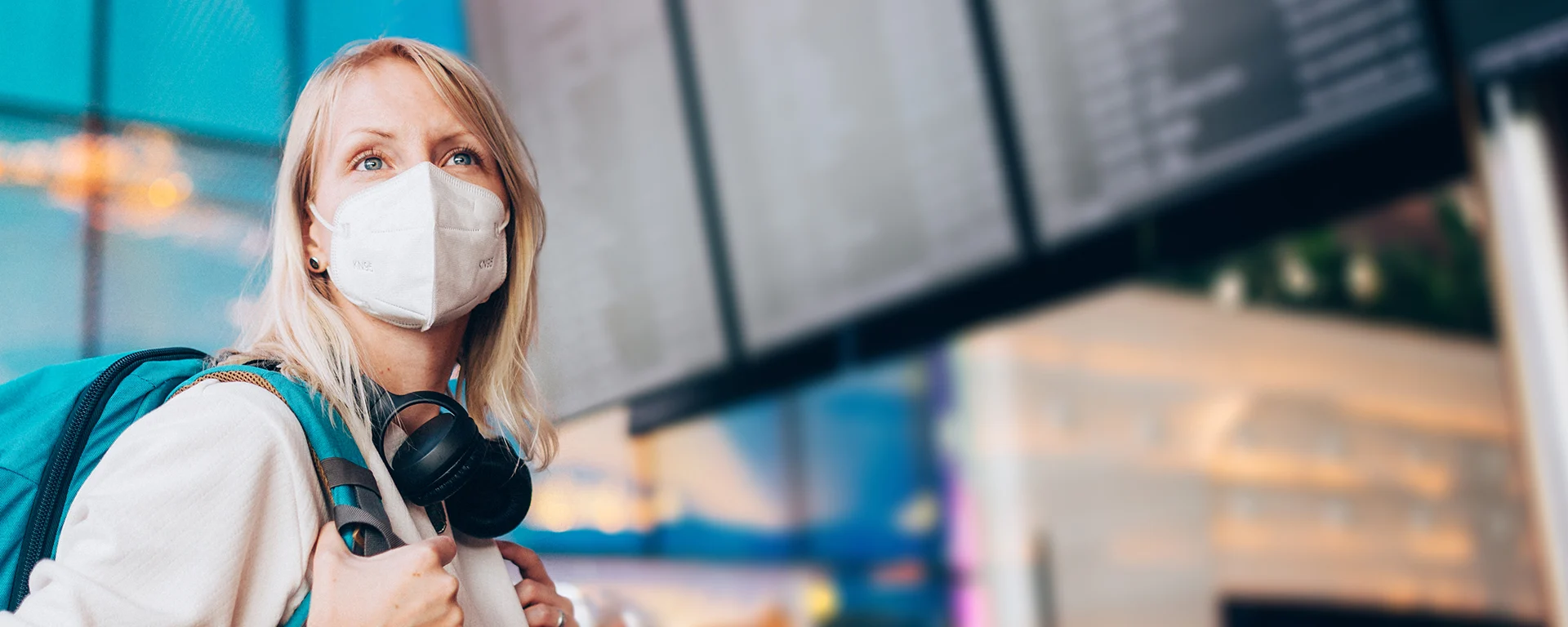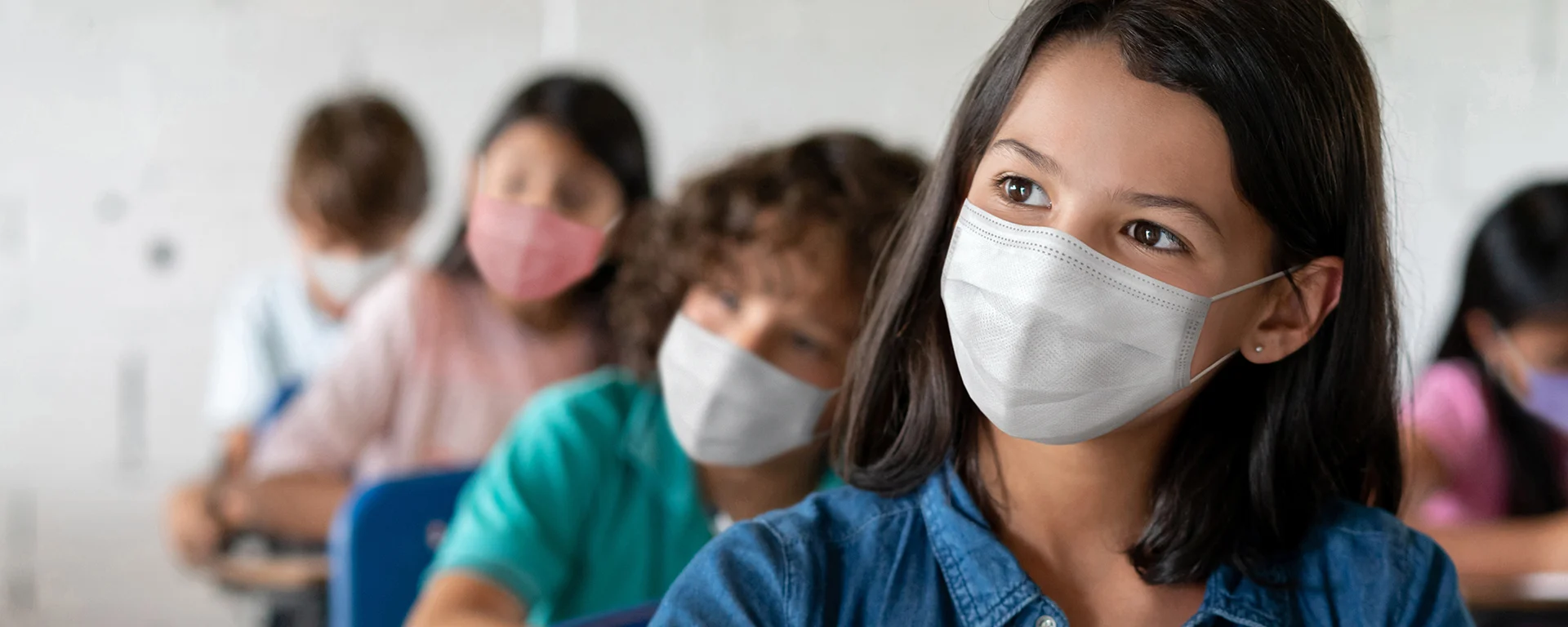Keep Kids in School by Keeping the Air Clean
Use these tips and tools to help keep kids learning this fall and winter.
Schools across the country are trying to recover from the academic losses their students suffered during the pandemic. I’m not a classroom educator, so I have no advice on that front, but I do know one thing: You can’t learn well if you’re sick. As we enter the season of respiratory viruses, there’s something schools can do to help keep their students well - something that we haven’t thought much about in the past. They can keep school air as clean as possible.
We know that COVID travels through the air on tiny bits of water called aerosols. Flu most likely does, too. This animation by Vicki Martin, from the University of Oxford, shows how that happens. If there are fewer virus-carrying aerosols in the air students breathe, kids are less likely to get sick.
So how do we clean the air? There are two main ways to do that: Flush the dirty air out and bring clean air in, or filter out the aerosols. You can also kill the viruses that are riding on the aerosols, but doing that tends to add pollutants like ozone to the air.
At the request of the principal at my kids’ school, I put together a short packet of resources that schools can use to help keep their air clean. I hope it helps schools in your area, too.
Clean Air in Classrooms Using W.A.T.C.H.
Joey Fox is an indoor-air-quality expert based in Canada. The infographic below comes from his useful, easy-to-read blog on the subject, It’s Airborne, which is linked in several places below. If you read nothing else in this article, read what’s in the graphic.
Keeping Kids in School With Clean Air Using ASHRAE 241
ASHRAE is the American Society of Heating, Refrigeration, and Air Conditioning Engineers. They’re the folks who set the industry standards for indoor air quality, and those standards often become the basis for EPA rules and building codes. ASHRAE 241 is a new standard for the control of aerosols that cause infection in indoor spaces. (It was created in response to the COVID-19 pandemic.) This article would be good for the folks who maintain your schools' heating, ventilation, and air conditioning (HVAC) systems to read.
My 6 Favorite HEPA Filters and Air Cleaners
Remember that Joey Fox is Canadian, so it’s possible that some of the brands listed in this post may not be available in the US. The DIY cleaner he mentions (the Corsi-Rosenthal box) could be made by middle- or high-school students as a project. It’s less expensive than pretty much anything of its size that you can buy, and it works.
COVID Closed the Nation's Schools. Cleaner Air Can Keep Them Open.
This New York Times article provides a good overview of the benefits of cleaner air in schools with respect to both pollutants and infectious disease. It includes links to backup data.
Maximum CO2 Concentration Calculator
Using a portable CO2 monitor and this tool from the Harvard T.H. Chan School of Public Health, you can get a sense of whether a room is adequately ventilated. This is the monitor I've seen experts use. It costs about $250 when it's not on sale.
Portable Air Cleaner Sizing Tool
This tool helps you figure out the size of air cleaner you need for a given indoor space. It’s also from the Harvard T.H. Chan School of Public Health.
Air Filter Recommendation Tool
The folks at the Clean Air Stars website have made an even more precise recommendation tool. You plug in the following:
1. How loud a filter you’re willing to deal with (the World Health Organization recommends a max of 35 decibels for a classroom).
2. How many air changes you want (the tool tells you which choice to make for a school).
3. How many people the space is rated for.
For any given model of portable cleaner, the tool will tell you how many units you’ll need and what fan speed you’ll need to run them at in order to reduce the chances of spreading disease.
This list may seem like a lot. But it’s not an all-or-nothing assignment. Each step you take will make the air in your school - or home, or office - that much cleaner. And if that’ll keep folks healthier this fall and winter, it’s worth it.







